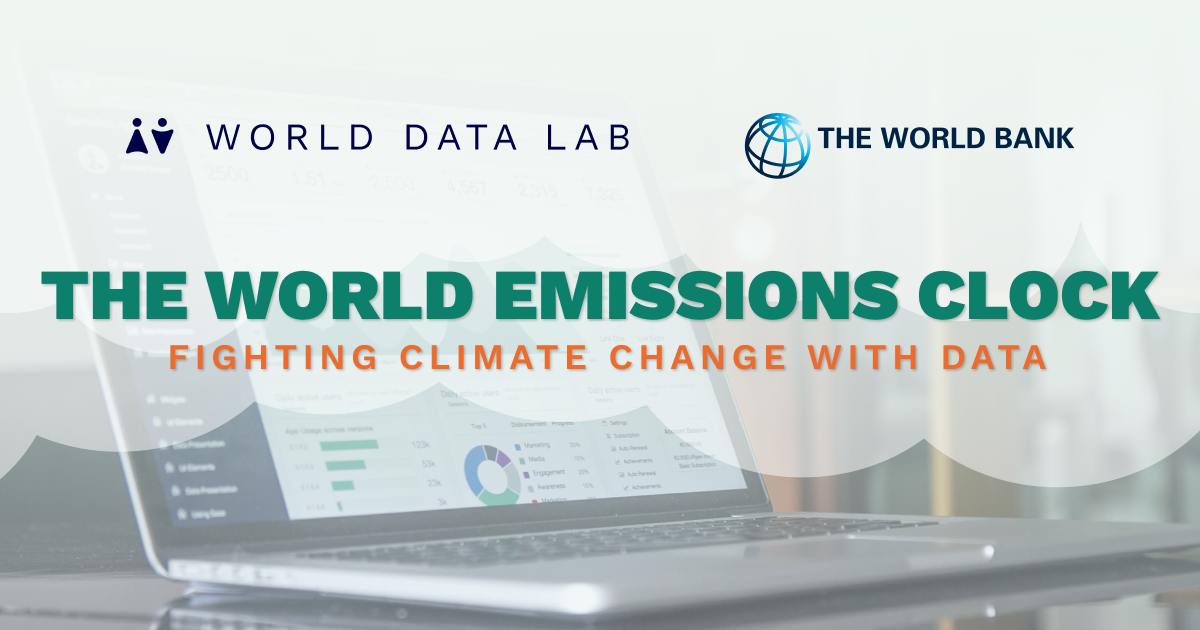City-Level Spending Data: Insights and Trends to 2035
Unlock the future of urban spending with actionable insights and predictive trends up to 2035.
The Evolution of City-Level Spending: A Historical Perspective
Understanding the evolution of city-level spending requires a historical perspective. Over the past few decades, urbanization has significantly influenced consumer behavior and spending patterns. From the post-industrial era to the digital age, cities have transformed into economic powerhouses where spending on goods and services has grown exponentially.
In the early 2000s, city spending was primarily driven by basic necessities. However, as economies grew and income levels rose, there was a noticeable shift towards discretionary spending. This shift was further accelerated by globalization, increased connectivity, and the rise of the middle class, leading to a more diversified spending portfolio in urban areas.
Key Factors Driving Spending Trends in Urban Areas
Several key factors drive spending trends in urban areas. Demographics, for instance, play a crucial role. Younger generations, such as Gen Z and Gen Beta, have distinct spending habits compared to their predecessors. These younger cohorts are more inclined towards technology, experiences, and sustainability, influencing market trends significantly.
Urbanization itself is another major factor. As more people migrate to cities, the demand for housing, transportation, and infrastructure grows, driving up spending in these categories. Additionally, global consumer preferences are shifting towards convenience and immediacy, spurred by advancements in technology and e-commerce.
The Role of SAAS in Analyzing and Predicting Spending Patterns
Software as a Service (SAAS) plays a pivotal role in analyzing and predicting spending patterns. Advanced analytics platforms can process vast amounts of data from various sources, providing insights into consumer behavior at a granular level. These platforms leverage machine learning and artificial intelligence to identify trends, forecast future spending, and offer actionable insights.
SAAS solutions enable businesses and policymakers to make data-driven decisions, optimizing strategies to meet the evolving needs of urban consumers. By harnessing the power of predictive analytics, companies can stay ahead of market trends, ensuring they cater to the right segments with the right products and services.
Future Forecasts: What City-Level Data Tells Us About 2035
Looking ahead to 2035, city-level data offers intriguing forecasts. Urban areas are expected to see continued growth in spending on luxury goods, driven by increasing affluence and a desire for premium experiences. Simultaneously, the focus on sustainability will lead to higher spending on eco-friendly products and services.
Moreover, technological advancements will further shape spending patterns. Smart cities, equipped with IoT devices and AI-driven systems, will provide seamless, personalized experiences, encouraging higher consumer spending. The integration of digital currencies and blockchain technology will also revolutionize payment systems, making transactions more efficient and secure.
Leveraging Data for Strategic Decision-Making in Urban Planning
Data is an invaluable asset for strategic decision-making in urban planning. By analyzing city-level spending data, urban planners can identify trends and allocate resources more effectively. This ensures that infrastructure development aligns with the needs and preferences of the population, leading to more sustainable and livable cities.
For instance, understanding spending patterns can help planners design better public transportation systems, optimize retail locations, and improve public services. Additionally, data-driven insights can inform policies that promote economic growth, enhance quality of life, and address socio-economic disparities within urban areas.


